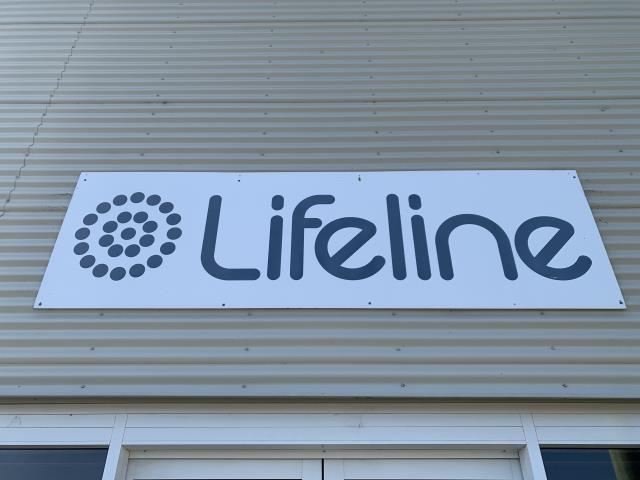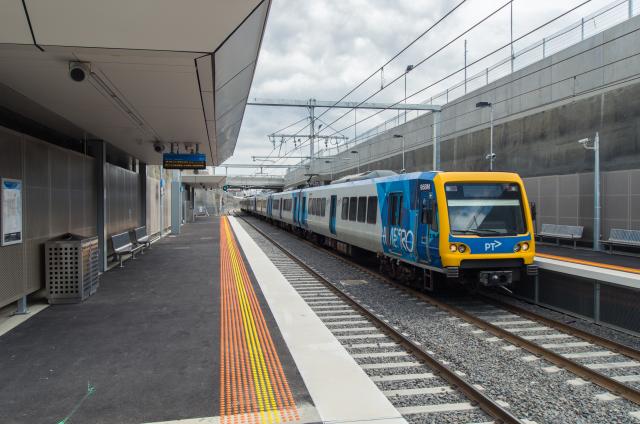Researchers have found that Melbourne’s outer suburban areas, including Wyndham, are turning into “food swamps” dominated by unhealthy eating outlets.
Deakin University has published a study which tracked the development of Melbourne’s food retailers between 2008 and 2016, comparing “healthy,” “less healthy” “and “unhealthy” outlets in inner ring, middle ring and outer ring municipalities, plus the city’s fastest-growing municipalities of Wyndham, Whittlesea, Melton, Hume, Casey and Cardinia.
Healthy food outlets were categorised as greengrocers, butchers, supermarkets and salad bars; less healthy options as places such as bakeries and delis; and unhealthy options included fast-food chains, takeaway shops and convenience stores.
The study compared the density of food outlets per 10,000 population in the four types of areas.
The study, published last month, found that the urban growth areas “had the least healthy food environments”.
The research discovered there were between 40 to 50 “unhealthy” outlets per 10,000 of the population in Melbourne’s growth municipalities, compared to between 20 to 30 “unhealthy” outlets in inner city areas.
The study’s leader, Cindy Needham, a PhD candidate in the Global Obesity Centre at Deakin’s Institute for Health Transformation, said Melbourne was turning into a “food swamp”.
“A food swamp is an area where unhealthy food retail outlets dominate the landscape compared to healthy options, making it challenging for people to maintain healthy diets,” she said.
“Our data shows those living in growth areas have far fewer healthy options compared to other parts of Melbourne, with the number of fast food and takeaway outlets growing faster than supermarkets in these areas.
“Growth areas have the highest ratio of unhealthy to healthy food outlets.”
Ms Needham said that residents in some growth suburbs had to walk or drive past about nine unhealthy outlets before they could find one healthy outlet.
“This is compared to six unhealthy outlets to every one healthy outlet in inner Melbourne,” she said.
“What our study shows is that every other type of food outlet decreases in density as you move away from Melbourne’s CBD, except for fast-food.”
Fast foods dominate Wyndham

By Alesha Capone
Digital Editions
-

Be careful with Christmas leftovers
With a shortage of vets nationally and emergency veterinary hospitals already at their capacity, the public is urged not to allow their pets to consume…





